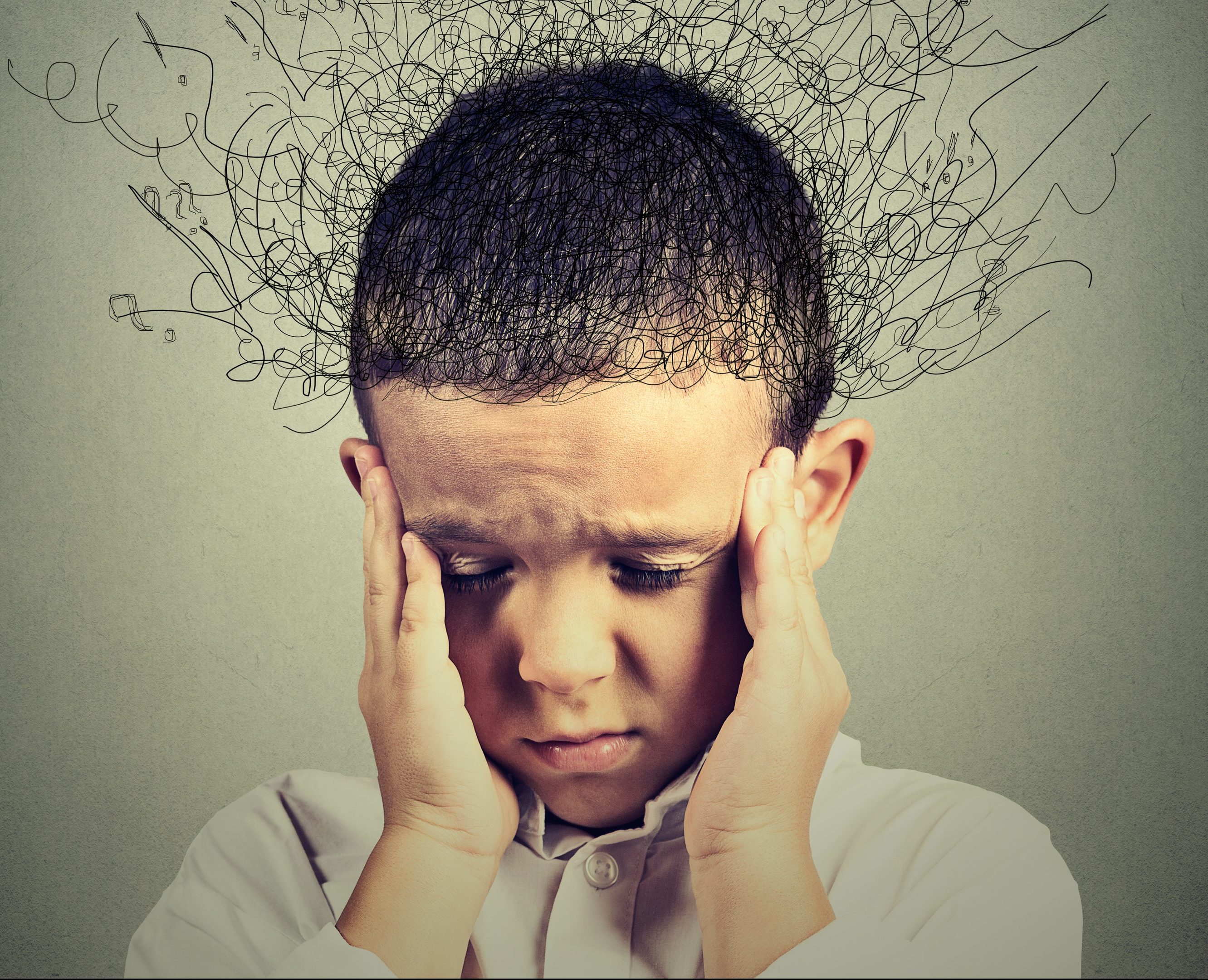
THE number of children in Scotland being given drugs to treat ADHD has soared by 39% in just six years to a record high.
And the cost of treating the condition using drugs has increased to £4.5 million per year.
The figures are revealed as a fierce argument rages over the way children with Attention Deficit Hyperactivity Disorder are treated – and whether the condition actually exists at all.
Around 8000 children were given medication to control their symptoms – which can include fidgetiness and loud and disruptive behaviour – last year.
Last night, both sides in the debate insisted that further research was needed to unlock the truth about ADHD and its effects on a child’s life chances.
Campaign group the ADHD Foundation, which aims to help those with the condition, believes there are around five times more child sufferers than currently diagnosed.
Chief executive Dr Tony Lloyd defended the use of medication, saying: “Children with ADHD experience and process the world in a very different way. It is a disability though just not so obvious as a wheelchair.
“Going to school can cause enormous distress. It can be overwhelming for youngsters if they can’t concentrate or learn effectively and they may be punished by teachers who are not equipped to understand.
“But for the sum of £700 a year, medication can make significant change to the life-chance trajectory of these children.
“If we also provide the right skills to teachers and parents and give children coping mechanisms around daily exercise and good diet, we can help make them psychologically resilient, employable, responsible members of society.
“The science is settled. Everything is known apart from what is the true lasting impact on people with ADHD.
“We just need to get past the ignorance and stigma.”
Dr Lloyd added that on the question of the cost of treatment, the greatest cost to the taxpayer was when ADHD was not diagnosed and treated.
But specialist Professor Sami Timimi questioned current thinking about the condition, saying: “This might come as a shock, but, quite simply, there is no such thing as an ADHD diagnosis.
“When you look for the research behind this affliction, you find that the cupboard is bare.
“The list of behaviours that constitute ADHD is really a list of things that irritate grown-ups. If doctors look to pigeon-hole and medicate as a first resort, they will likely miss other possible causes.”
ADHD began to emerge as a diagnosable condition in the US in the 1970s but it has remained controversial.
Doctors check off symptoms against a checklist that includes lack of concentration, low boredom threshold, talking incessantly, impatience and not listening to others.
Young boys have proved to be particularly susceptible to amassing these symptoms.
Some studies have pointed to ADHD being caused by a lack of dopamine in the brain.
This neurotransmitter is linked to feelings of reward so when it’s missing, it becomes more difficult for the person to learn and memorise responses to social situations.
A recent Dutch investigation claims that some sufferers’ brains may be underdeveloped in the area that regulates our emotions, having a knock-on effect on behaviour.
But there has been criticism of the integrity of this study.
At the same time, other research has suggested that regular swimming lessons can achieve results without recourse to drugs, such as Ritalin, maligned by some as a “chemical cosh” – while one dissenting doctor in America has prescribed yoga and drumming sessions instead. What is beyond argument though is that the numbers of children – and, indeed, adults – being diagnosed with the condition is continuing to soar across many Western countries.
NHS Scotland figures show that in 2009/10, there were 5790 under-20s receiving treatment for ADHD with the drugs bill coming in it at £3.16 million.
But by 2015/16, patient numbers had risen 39% to 8089 with the cost up 42% to £4.5 million.
Eben Wilson, director of the policy think-tank the Centre for Democratic Prosperity, said: “ADHD is the ailment of the day and there are doubtless thousands of children and their parents wrestling with problems that require addressing.
“It’s essential that ADHD is properly re-analysed and re-evaluated against the scientific knowledge that exists and the use of NHS and government funds tailored accordingly.”

Enjoy the convenience of having The Sunday Post delivered as a digital ePaper straight to your smartphone, tablet or computer.
Subscribe for only £5.49 a month and enjoy all the benefits of the printed paper as a digital replica.
Subscribe